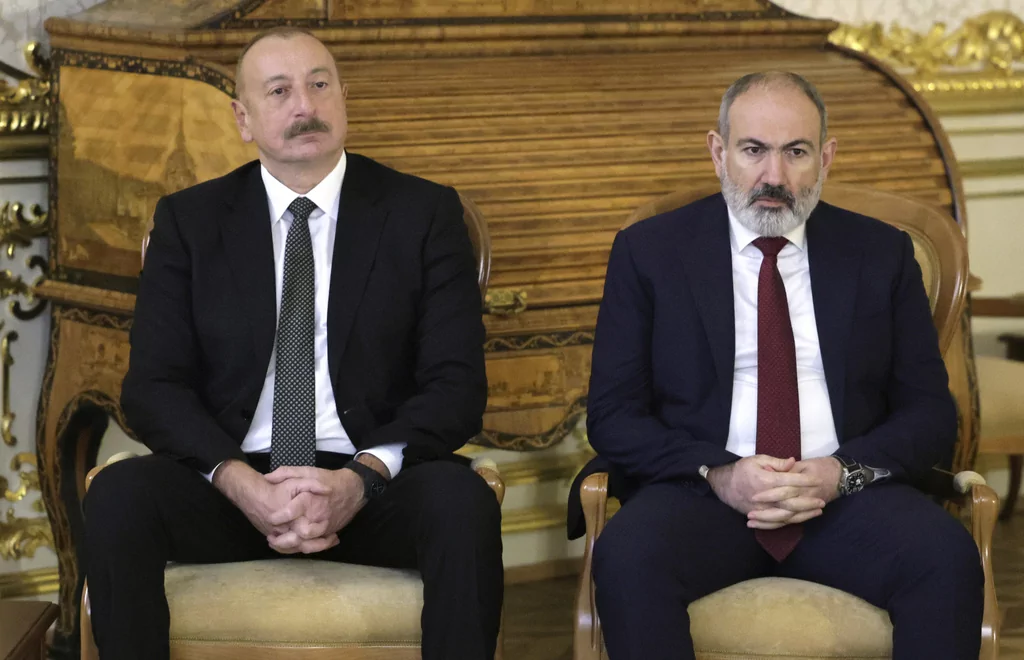
After decades of conflict, including two of the largest regional land wars since the fall of the Soviet Union, rivals Armenia and Azerbaijan announced a possible looming peace deal.
Armenia and Azerbaijan witnessed a bloody flashpoint in the otherwise largely peaceful dissolution of the Soviet Union, with tensions culminating in a full-scale Azerbaijani invasion in 2020 and outright annexation of the disputed Nagorno-Karabakh region in 2023. After several more war scares, the two countries announced progress in a possible peace treaty.

“We have 17 articles in the latest draft of the peace treaty. Thirteen of them, including the preamble, are fully agreed on,” Pashinyan said at a Saturday press conference, Politico reported. “We offer the following — to take all agreed-upon articles and wordings and sign it as a peace treaty.”
Azerbaijani foreign policy head Hikmet Hagiyev was less openly optimistic, telling Politico there had been progress in bilateral talks and that the agreement on the border commission “should be seen as sufficient for the withdrawal of the EU contingent.”
Baku has openly opposed the European Union contingent since its arrival in February 2023.
The conflict has witnessed a complicated web of alliances, with Turkey and Israel backing Azerbaijan, Iran backing Armenia, and Russia and the EU vacillating between both.
The root of the conflict between Armenia and Azerbaijan lies in the region of Nagorno-Karabakh, a formerly majority Armenian enclave that lies within the borders of Azerbaijan. After bloody ethnic fighting during the Russian Civil War, the region experienced an era of peaceful relations during the Soviet era. Ethnic tensions resumed in the late 1980s. The first Nagorno-Karabakh War, fought between 1988 and 1994, saw dozens of thousands of casualties on both sides before a peace treaty favorable to Armenia was signed.
CLICK HERE TO READ MORE FROM THE WASHINGTON EXAMINER
After intermittent clashes, and taking advantage of a lull in relations between Armenia and Russia, Azerbaijan launched an invasion of Nagorno-Karabakh in 2020. The war saw one of the first large-scale uses of modern drones in a peer land war, tactics which were used and advanced in Ukraine two years later. Azerbaijan’s use of the technology, combined with a clear numerical superiority and the backing of Turkey, resulted in a crushing victory over Armenia after just 44 days.
After a monthslong blockade of the remnants of the Armenian-controlled Nagorno-Karabakh, Azerbaijan launched another offensive, which took full control of the region in September 2023. The offensive triggered a mass exodus of ethnic Armenians, resulting in the complete depopulation of the area.







